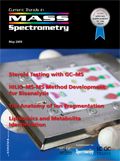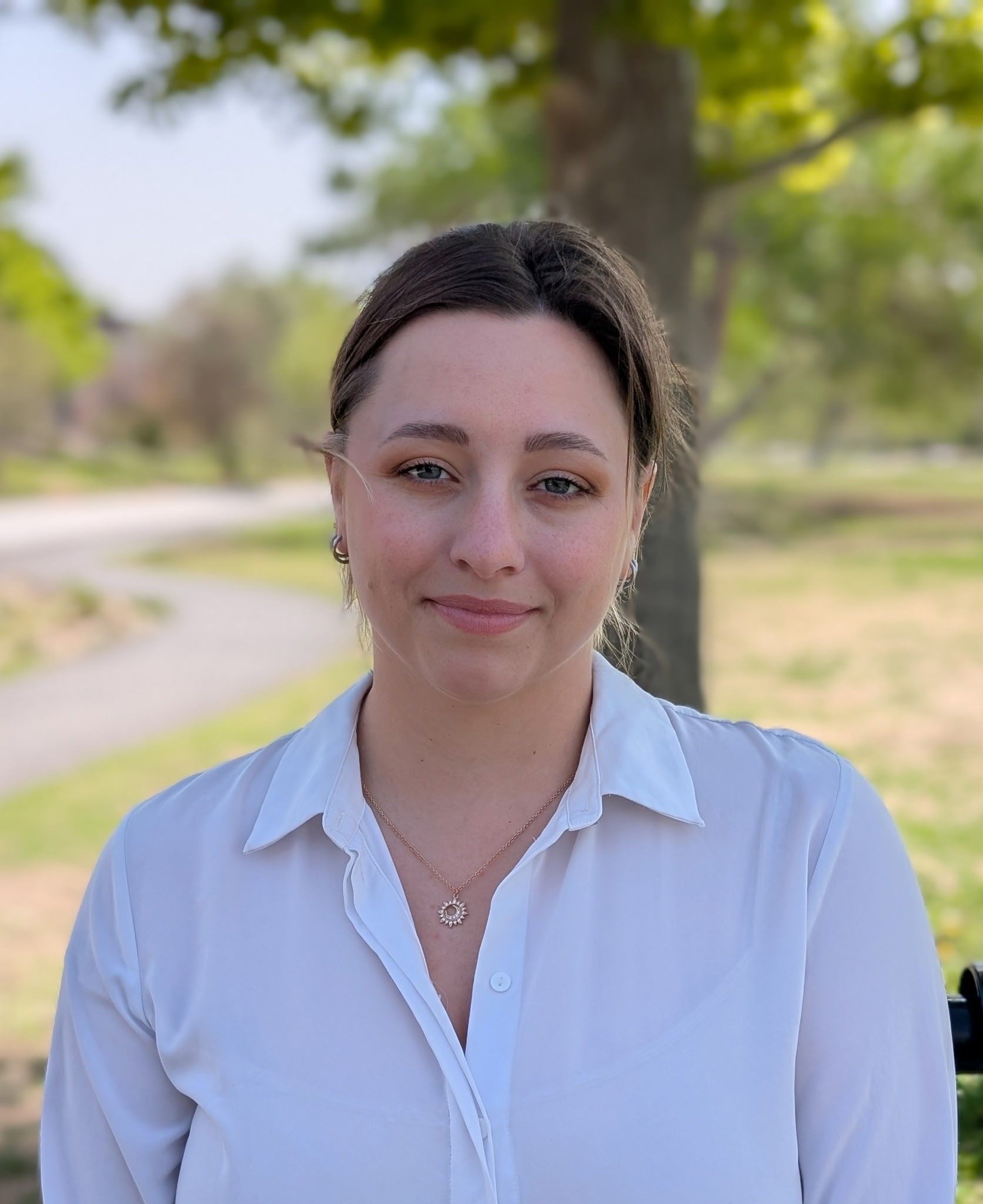Article
Special Issues
Spectroscopy Supplements
From the Editor
Current Trends in Mass Spectrometry Goes Global
There may be no greater compliment for a publication than hearing that more people want to read it. We are now in our fourth year of publishing the "Current Trends in Mass Spectrometry" series, and it is no secret that its popularity has continued to grow, to the point where we had no choice but to make it a quarterly supplement. However, this year we reached a milestone for this series, as "Current Trends" has begun reaching a global audience for the first time.

David Walsh
As science — and particularly high-quality MS content — knows no bounds, the European audience of LCGC Europe has recently begun receiving this supplement. In addition, it is clear that print is no longer the only medium through which to reach spectroscopists and chromatographers throughout the world. In this regard, LCGC and Spectroscopy have taken the lead in digital publishing in recent years, producing award-winning e-zines and newsletters. Now, as the monthly print issues of LCGC and Spectroscopy have become available to a global audience in online digital editions, our "Current Trends in Mass Spectrometry" series will also be joining them. No longer bound by postal regulations and costs, this issue will be reaching thousands of readers not only in Europe, but in the Pacific Rim, the Sub-Asian continent, and beyond. So feel free to spread the word to your overseas colleagues and let them know that these issues are available. A quick trip to www.chromatographyonline.com or www.spectroscopyonline.com to sign up is all that is needed to enjoy cutting edge articles from industry leaders on applications of MS and its various hyphenated techniques. The May issue includes technical research on steroid testing, protein identification, and metabolite identification, to name just a few of the topics covered, and that is just a small fraction of the topics covered throughout the year.
We hope you enjoy this issue, and that you will spread the word about the global reach of the "Current Trends" series to your colleagues and coworkers. And if you are reading this issue, there's a good chance that you will be one of the many attendees at this year's ASMS Conference in Philadelphia, Pennsylvania. As always, this conference is an important stop for LCGC and Spectroscopy, so we invite you to stop by our booth any time. We look forward to seeing you there.

David Walsh
Editor-in-Chief
Newsletter
Get essential updates on the latest spectroscopy technologies, regulatory standards, and best practices—subscribe today to Spectroscopy.




